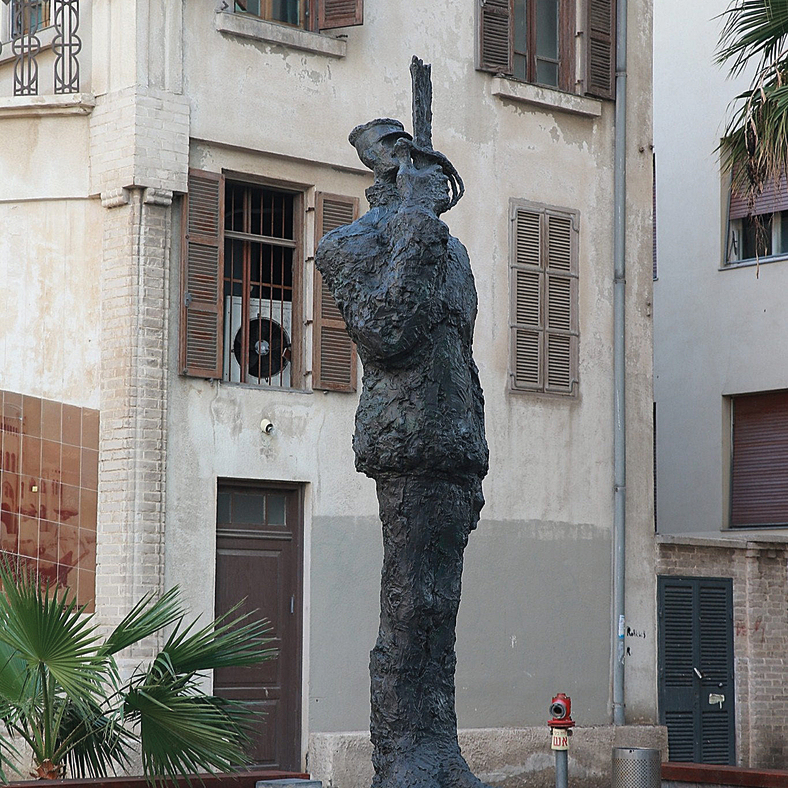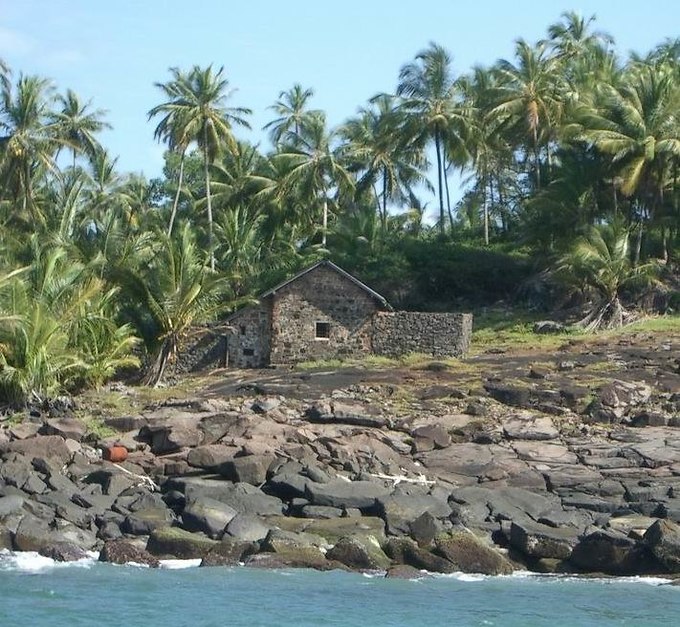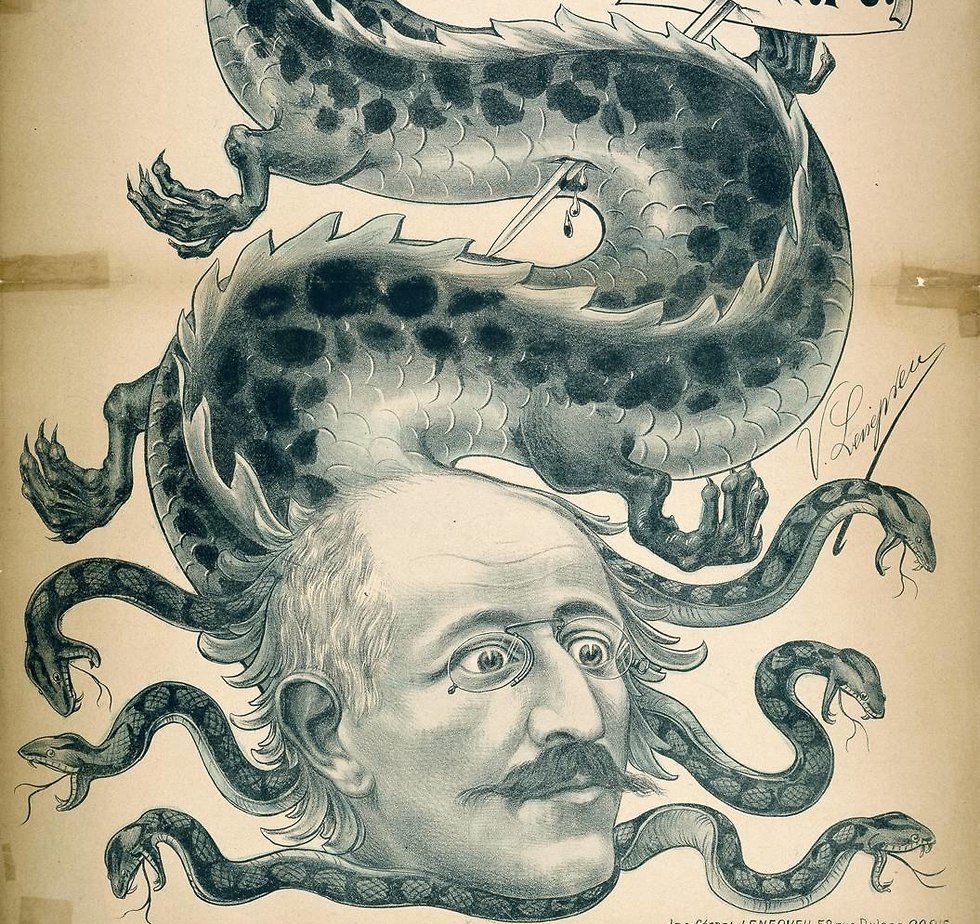
Dreyfus travels to Tel Aviv
The statue of Captain Alfred Dreyfus, the famous French-Jewish officer who was convicted of treason following an anti-Semitic tale in 1895, is now erected in Tel Aviv; From Paris, to Devil’s Island and then Tel Aviv—the story of Dreyfus resonates with the story of the Jewish people.
The idea to bring a replica of the statue to Israel was born when Beit Hatfutsot, the Museum of the Jewish People, showcased an exhibition called “The tales of a French-Jewish family,” which chronicled the story of the Dreyfus family for several generations.
Dreyfus’ great-granddaughter, Yael Perl Ruiz, is excited about the new statue. “Now, the younger generation, that doesn’t know the story, can learn about the Dreyfus affair and find interest in it. It’s of tremendous importance,” she said.
The statue, named “a tribute to Captain Dreyfus,” memorializes the famous story of the Jewish French artillery officer’s ordeal, that stirred France in the late Nineteenth Century.
In 1895, Dreyfus was falsely accused of treason and of spying for Germany. This was followed by a highly public trial that stirred raging anti-Semitic sentiments in the press and the French public, and ended in a humiliating conviction and public stripping of his ranks.
Dreyfus was sent to exile in the infamous Devil’s Island in French Guiana, known for its horrible conditions (featured in the successful book, and later film "Papillon," telling the tale of an inmate’s life on the island.)
The French public was torn on Dreyfus, a rift illustrated by writer Émile Zola’s open letter, "J’Accuse," blaming authorities of anti-Semitism. This caused a political outrage that lead to Dreyfus’ exoneration and clearing of guilt.
Dreyfus returned to France and later served his country in World War One. The affair has since become an international symbol of the struggle against racism and anti-Semitism.
Dreyfus’ great-granddaughter said that the family feels the posing of the statue in Israel is a meaningful event that brings closure. “He returned from the island traumatized, he had nightmares. He only survived because he was a person with strong values,” she said.
The statue was erected between Rothschild Avenue and Herzl Street in Tel Aviv, near the French Institute. Dreyfus’ 91-year-old grandson attended the unveiling. Émile Zola’s great-granddaughter, Martine Le Blond-Zola, also attended the ceremony alongside her close friend—Dreyfus' great-granddaughter Yael Perl Ruiz.
Philippe Val, the former editor of the magazine Charlie Hebdo that suffered a terror attack in 2015, also attended the ceremony.














